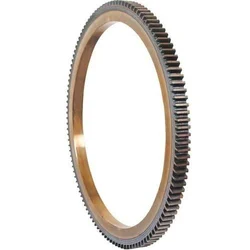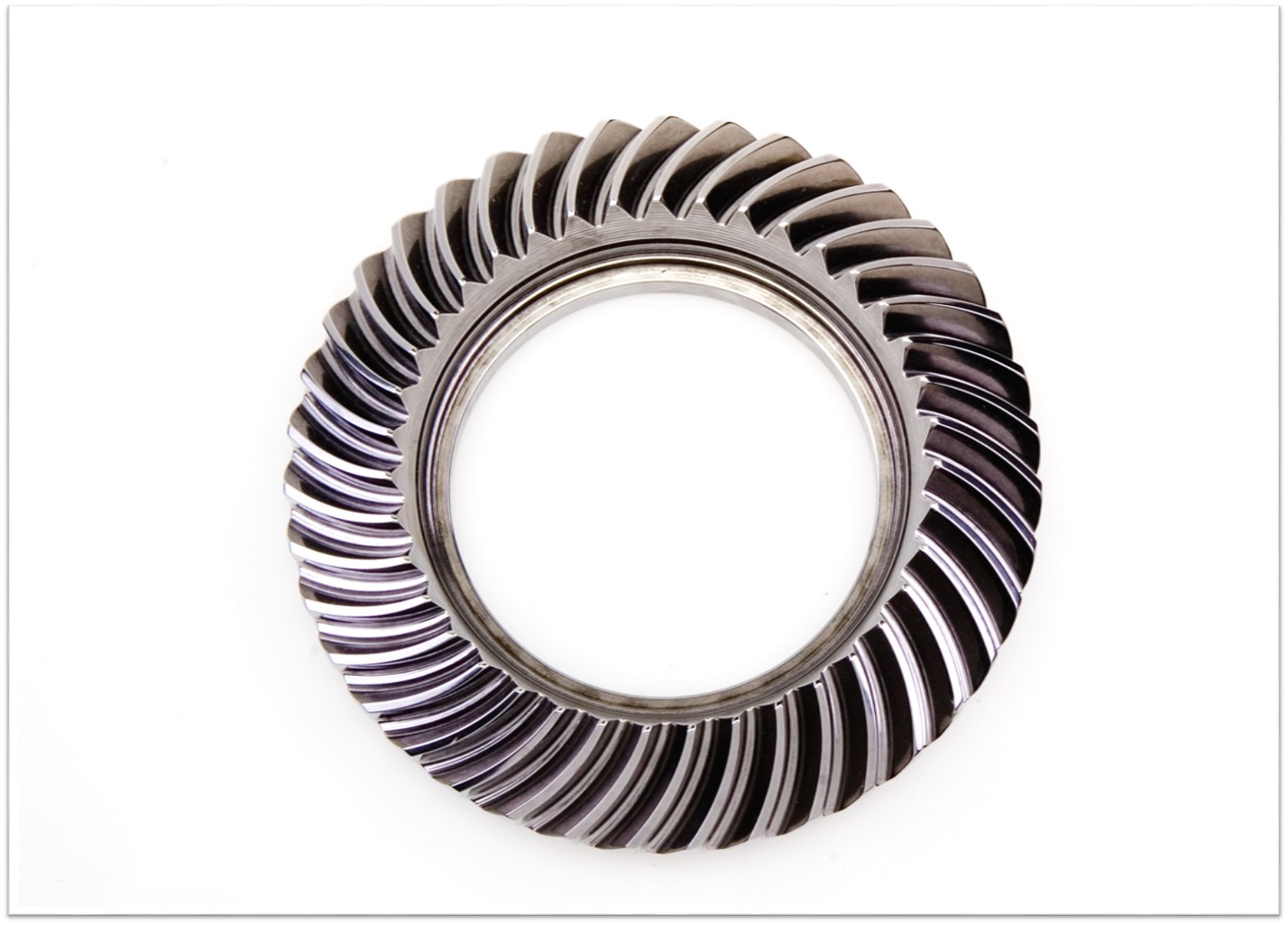Product Description
Replacement Small Nylon Plastic Internal Spur Gear For DIY Toy / Power Transimission Gear
Products Type
We can custom varioius size,material,shape and color for plastic gears as your requirment.
Products Specification
- Various type for your choice.
- Good abrasion, heat and oil resistance.
- Good anti-aging performance and gas tightness.
- Ease of bonding to other material.
- Excellent oxygen and CHINAMFG resistance.
- Non-flammable,self-extinguish.
| Material | PA,PA6,PA66,PP,PE,LDPE,HDPE,UWHDPE,PTFE,POM,ABS,or Custom Compound (Any custom compound plastic is available) |
| Size | According to samples or drawings |
| Color | Black,white,red,green,transparent or any color according to Pantone colors |
| Finish | High Gloss,Fine Grain,Electroplating,Painting,Printing,Texture etc,or as request |
| Type | Round,square,rectangular,or any nonstandard shape as request |
| Logo | Debossed,embossed,printed logo or as request |
Our Factory
Customization Capabilities
|
Shipping Cost:
Estimated freight per unit. |
To be negotiated |
|---|
| Application: | Motor, Electric Cars, Machinery, Toy, Car |
|---|---|
| Hardness: | Hardened Tooth Surface |
| Gear Position: | External Gear |
| Samples: |
US$ 999/Piece
1 Piece(Min.Order) | Order Sample For sample price, package information, and logisti
|
|---|
| Customization: |
Available
| Customized Request |
|---|

What are the benefits of using a ring gear mechanism?
A ring gear mechanism, also known as an annular gear mechanism, offers several benefits in various applications. Here’s a detailed explanation of the advantages of using a ring gear mechanism:
- Compact Design: Ring gears provide a compact design solution due to their annular shape. They can be integrated into tight spaces and offer a high gear ratio within a small footprint. This compactness is particularly advantageous in applications where space is limited or where lightweight and streamlined designs are required.
- Efficient Power Transmission: Ring gears facilitate efficient power transmission. The meshing of the gear teeth ensures a reliable transfer of torque and rotational motion. This efficiency is crucial in applications that require the smooth and precise transmission of power, such as automotive transmissions, industrial machinery, and robotics.
- Load Distribution: The circular shape of the ring gear allows for uniform load distribution across its circumference. This helps distribute the transmitted forces and reduces localized stress concentrations. As a result, ring gears can handle higher loads and provide improved durability and longevity compared to other gear mechanisms.
- Multiple Meshing Points: Ring gears typically have multiple meshing points with other gears, such as pinion gears or planetary gears. This distributed meshing enables efficient load sharing and helps distribute the torque across multiple points, reducing wear and enhancing the overall gear system’s performance and reliability.
- Versatile Applications: Ring gears find wide application across various industries and systems, including automotive, aerospace, industrial machinery, robotics, power generation, and more. Their versatility stems from the ability to configure ring gears in different types, such as external, internal, helical, or bevel, to suit specific application requirements.
- Precision and Smooth Operation: Ring gears provide precise and smooth operation due to the continuous contact between the gear teeth during rotation. This results in reduced noise, vibration, and backlash, making ring gears suitable for applications where precise motion control, quiet operation, and high positional accuracy are critical.
- Redundancy and Fault Tolerance: In certain applications, such as gearboxes, the ring gear mechanism can offer redundancy and fault tolerance. If one gear or gear stage fails, the remaining gears can continue to transmit power, allowing the system to operate partially or with reduced performance until maintenance or repair can be performed.
The benefits of using a ring gear mechanism make it a preferred choice in many mechanical systems where compactness, efficient power transmission, load distribution, and precision are essential. By leveraging these advantages, engineers and designers can achieve improved performance, reliability, and overall system efficiency in their applications.

How does a ring gear impact the overall efficiency of a system?
A ring gear plays a significant role in the overall efficiency of a system. Here’s a detailed explanation of how a ring gear impacts system efficiency:
- Power Transmission: Ring gears are responsible for transmitting power from one component to another within a system. They facilitate the transfer of rotational energy and torque between gears, shafts, or other drivetrain elements. The design and quality of the ring gear, along with its meshing with other gears, directly affect the efficiency of power transmission. Well-designed and properly maintained ring gears minimize energy losses due to friction, misalignment, or backlash, resulting in higher overall system efficiency.
- Friction and Wear: The interaction between the ring gear and other gears or components introduces friction, which can lead to energy losses and reduced efficiency. The smoothness of the gear surfaces, the quality of the lubrication, and the design of the gear teeth profile all influence the amount of friction generated. High-quality ring gears with proper lubrication and optimized tooth profiles can minimize friction and wear, thereby improving system efficiency by reducing energy losses.
- Mechanical Losses: In any gear system, there are inherent mechanical losses due to factors such as gear meshing, rolling resistance, and internal friction. These losses can impact the overall efficiency of the system. The design and quality of the ring gear, including factors such as gear tooth geometry, material selection, and surface finish, can help minimize mechanical losses. By reducing these losses, the ring gear contributes to improved system efficiency.
- Load Distribution: Ring gears play a critical role in distributing loads within a system. They help evenly distribute the forces and torque applied to the gear system, preventing localized overloading and reducing the risk of premature component failure. Proper load distribution achieved through well-designed ring gears ensures balanced operation, minimizes stress concentrations, and optimizes the system’s overall efficiency.
- Backlash and Precision: Backlash refers to the play or clearance between the gear teeth when they change direction. Excessive backlash can result in inefficient power transmission, reduced accuracy, and increased wear. Ring gears with tight tolerances and precise manufacturing help minimize backlash, ensuring smooth and efficient operation. By reducing backlash and maintaining precise gear meshing, the ring gear contributes to improved system efficiency and accuracy.
- System Integration and Compatibility: Ring gears must be properly integrated into the overall system design and be compatible with other components. The alignment, mounting, and proper engagement of the ring gear with other gears or components are crucial for efficient operation. Misalignment or compatibility issues can lead to increased friction, wear, and energy losses. A well-integrated ring gear that is compatible with the system’s requirements contributes to improved overall efficiency.
- Maintenance and Lubrication: Regular maintenance and proper lubrication of the ring gear are essential for maintaining efficiency. Adequate lubrication reduces friction, wear, and heat generation, promoting efficient power transmission. Regular inspections, lubricant analysis, and timely lubricant replenishment or replacement help ensure optimal performance and efficiency of the ring gear and the overall system.
Overall, the design, quality, maintenance, and proper integration of the ring gear within a system significantly impact its efficiency. Through minimizing friction, reducing mechanical losses, optimizing load distribution, and ensuring precise operation, a well-designed and properly maintained ring gear contributes to improved overall system efficiency.

How do ring gears differ from other types of gears?
Ring gears, also known as annular gears or internal gears, possess distinct characteristics that set them apart from other types of gears. Here’s a detailed explanation of how ring gears differ from other gears:
- Tooth Configuration: The most significant difference between ring gears and other gears is their tooth configuration. In a ring gear, the teeth are located on the inside circumference of a circular ring, whereas in other gears such as spur gears, helical gears, and bevel gears, the teeth are present on the outer surface of the gear. This internal tooth arrangement makes ring gears unique and allows them to mesh with pinion gears or other external gears.
- Gear Assembly: The assembly of ring gears differs from other gears. In most cases, ring gears are used in combination with pinion gears or other external gears. The pinion gear meshes with the teeth on the inside of the ring gear. This gear set configuration enables the transmission of rotational motion and torque.
- Load Distribution: Ring gears distribute the load over a larger area compared to other types of gears. The load is spread across the internal teeth of the ring gear, resulting in improved load-carrying capacity and enhanced gear durability. This load distribution characteristic makes ring gears suitable for applications that involve high loads or continuous operation.
- Gear Ratio: Ring gears offer specific advantages in terms of gear ratios. They are commonly used in applications where high gear ratios are required. The gear ratio is determined by the number of teeth on the ring gear compared to the number of teeth on the mating gear (such as a pinion gear). The internal tooth configuration of the ring gear allows for larger gear diameters, enabling higher gear ratios to be achieved.
- Space Utilization: Ring gears provide a compact design compared to some other types of gears. The internal tooth arrangement allows for a more space-efficient gear assembly. This compactness is advantageous in applications where space is limited or where a high gear ratio needs to be achieved within a confined area.
- Applications: Ring gears are commonly used in automotive transmissions, differential systems, planetary gear systems, industrial machinery, robotics, power generation equipment, and heavy machinery. Their unique characteristics make them suitable for applications that require precise motion control, load distribution, and high gear ratios.
It’s important to note that the specific design, tooth profile, material selection, and manufacturing techniques may vary for different types of gears, including ring gears. Each type of gear is designed to meet specific application requirements, operating conditions, and performance needs.


editor by CX 2023-09-22